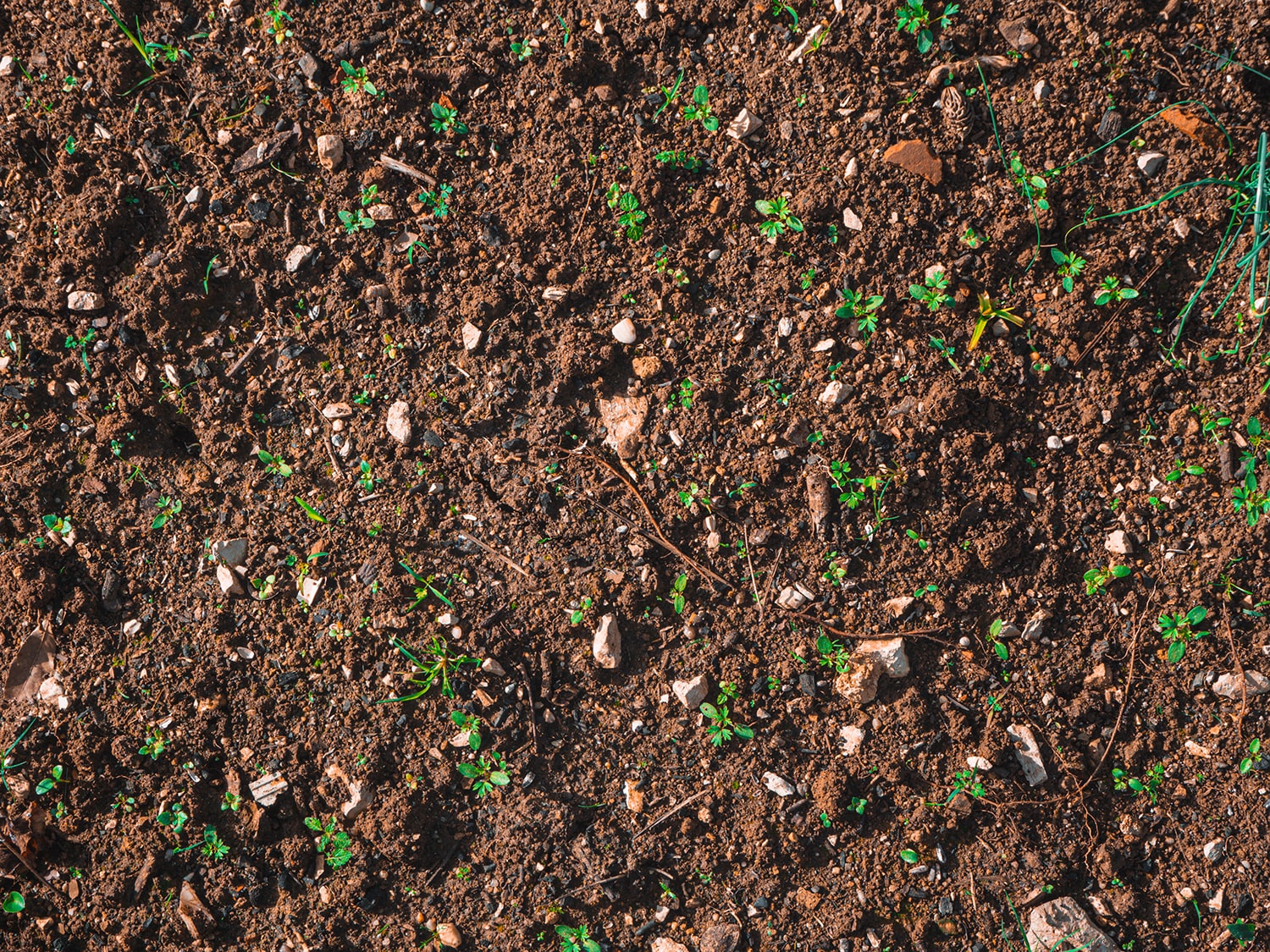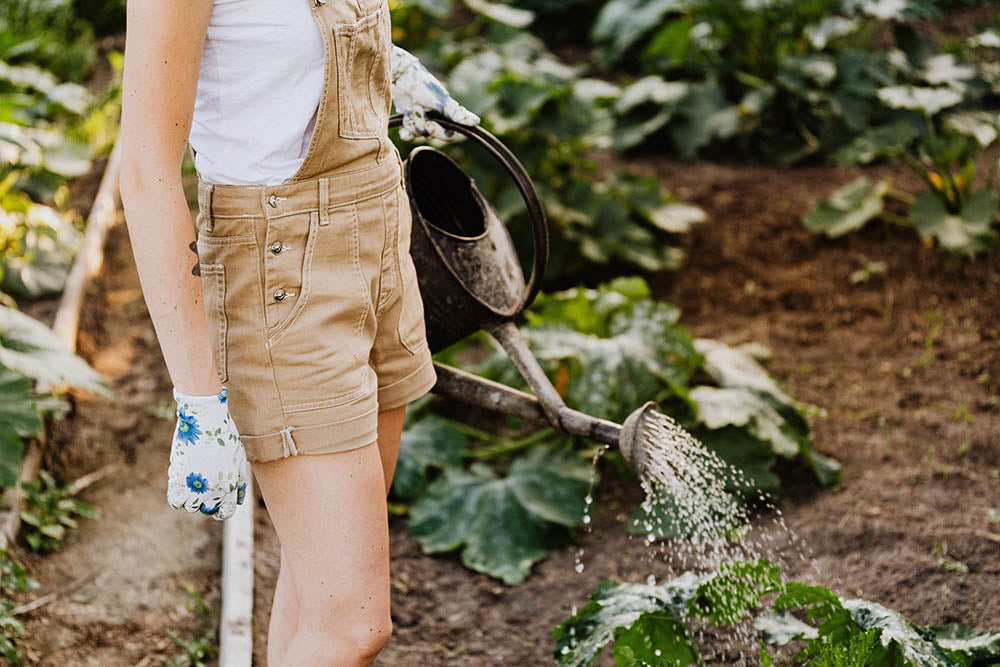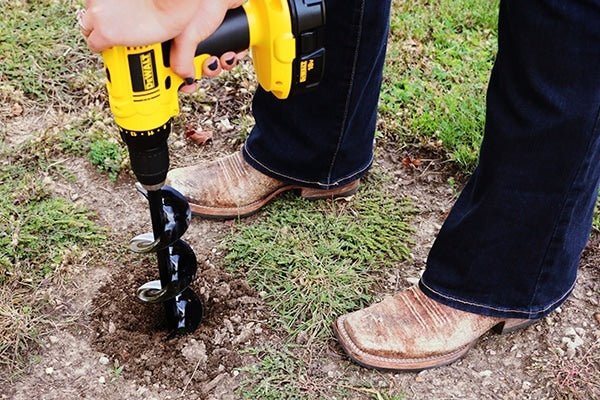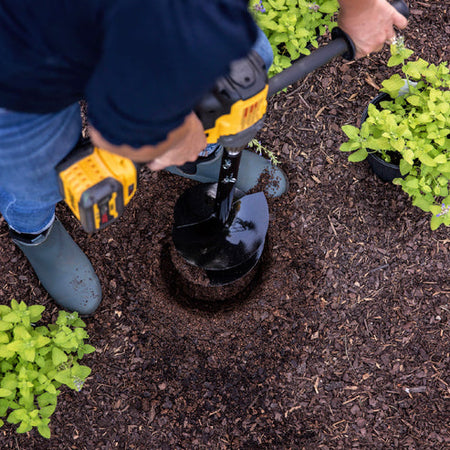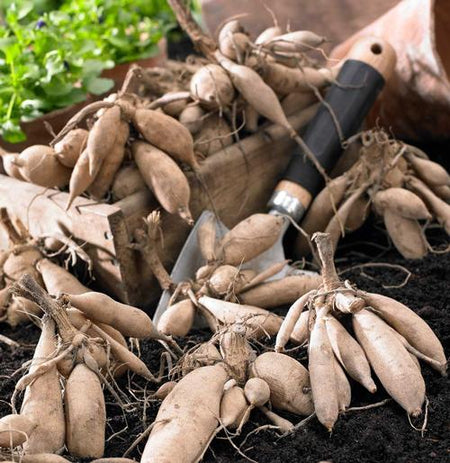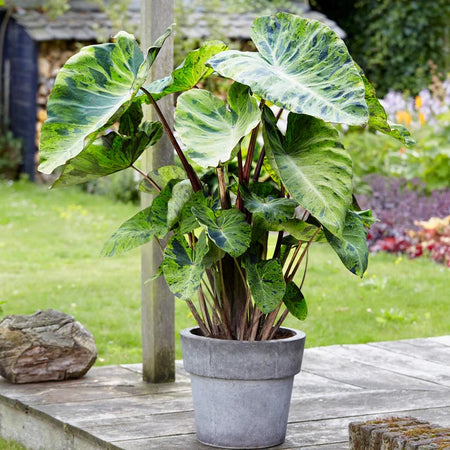As perennials, trees and shrubs emerge from winter dormancy and put on new growth, you may be wondering when to start spring cleaning your garden. Find out the best time and best practices for a spring garden cleanup, then get a checklist of things to remember when spring garden cleaning.
Spring Flower Bed Cleanup: Timing and Best Practices
While it's tempting to get out in the garden as soon as you can, it’s a good idea to delay your garden cleanup until the temperatures reach 50 degrees consistently. This way, pollinators and beneficial insects are still in winter hibernation, but you’re not freezing while you work. However, many insects hibernate in dead plant material, such as plant stems or fallen leaves. If you clean up too early, you could harm insect populations.
So, what needs to be done to clean up your garden, and what’s the best way to get it all done? Understanding spring cleaning and landscaping best practices should help you complete the right tasks in the right order for success.
1. Rake leaves out of garden beds
Leaves make garden beds look cluttered. Once the weather is consistently warm, rake leaves and bracken out of your garden. It might be tempting to mulch immediately, but don't. There are still pollinators that have yet to emerge from the ground.
2. Clean up the lawn
To revive a lawn after winter, start by cleaning up any debris. Litter, dog feces, fallen leaves or pinecones, and other debris should be picked up and thrown away or composted. A thorough raking can prevent lawn thatching, which is when grass grows in a thick clump. This prep work should get your lawn off to a healthy start. However, some people may need to reseed certain areas of the grass if it does not come back. Watch and wait. As your lawn wakes up, you'll soon know whether you need to reseed grass.
3. Prune summer-flowering perennials and shrubs
While spring-flowering shrubs — such as lilac or forsythia — should be pruned after they flower, summer-flowering plants can be pruned on those 50-degree days. Always remove dead or diseased wood first. Then prune any growth that's undesirable, such as branches that cross other branches. Thin out the plant, so air can pass through it; this can help reduce the development of fungus. Lastly, cut the plant back for size if desired.
4. Remove and compost annuals
Annuals are any plants that will not grow a second year, whereas perennials are those plants that return year after year. If your garden still has annual flowers, now is a good time to pull them and make room for new annuals.
5. Prepare beds for planting
Vegetable gardeners will want to take the extra steps to prepare beds for planting as the weather warms. While cold-hardy crops can go into the ground roughly a month before the last frost date, heat-loving vegetables such as peppers and tomatoes must be planted after the last frost date. Use those timelines to prioritize garden bed cleanup. Typical tasks involve pulling weeds or dead plants; topping dressing beds with compost or manure; starting seeds indoors so that they are ready to plant after the last frost; and gathering any supplies, such as tomato cages or bean and pea supports.
6. Uncover sensitive plants
If you wrap sensitive plants in burlap or other materials for extra protection in the winter, unwrap them when the last frost date approaches, as they are no longer at risk.
7. Reseed and aerate the grass
With the last frost date approaching, your grass should display new growth and you should be able to identify where the problem areas are. If your grass has died back, you'll need to reseed and aerate. If soil is compacted, grass can't take up water and nutrients. As a result, it could die back or struggle to get established. Many homeowners find that an auger is the perfect garden tool for aerating small areas of the lawn that may have become compacted. Aerating involves drilling small holes into the grass to open the soil so that the grass is better able to absorb nutrients and water.
8. Compost or fertilize flower beds
As plants put on new growth, it’s important to replenish soil nutrients with organic compost or an appropriate fertilizer. Some plants, such as roses, may benefit from a fertilizer that is specially formulated for their growth needs, but compost benefits all plants. This is also the time to apply mulch for beds that need it.
Garden Cleaning Checklist:
Use this checklist to stay on track with garden tasks:
- Rake leaves out of garden beds
- Clean up the lawn
- Rake the lawn to prevent thatching
- Prune summer-flowering perennials and shrubs
- Remove and compost annual plants
- Uncover sensitive plants
- Prepare vegetables
- Reseed grass
- Aerate compacted grass
- Compost or fertilize flower beds
- Mulch flower beds
While you wait for the weather to warm up, take inventory of your garden equipment. Pick up any supplies you need, order mulch or compost, and have the lawnmower serviced. Then, you should be able to take care of your plants throughout the spring and summer.


